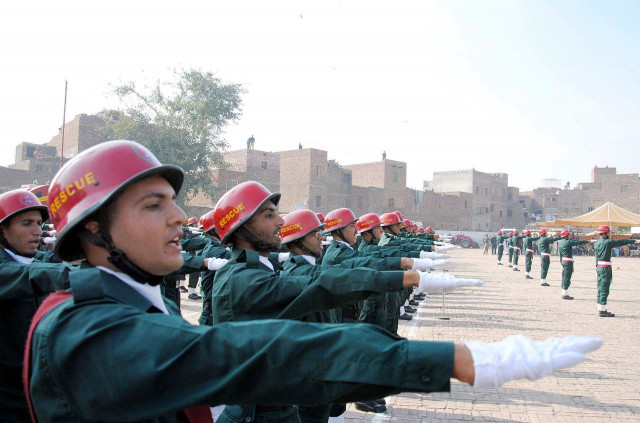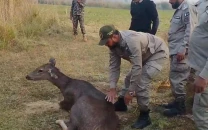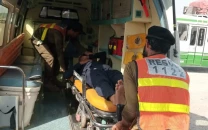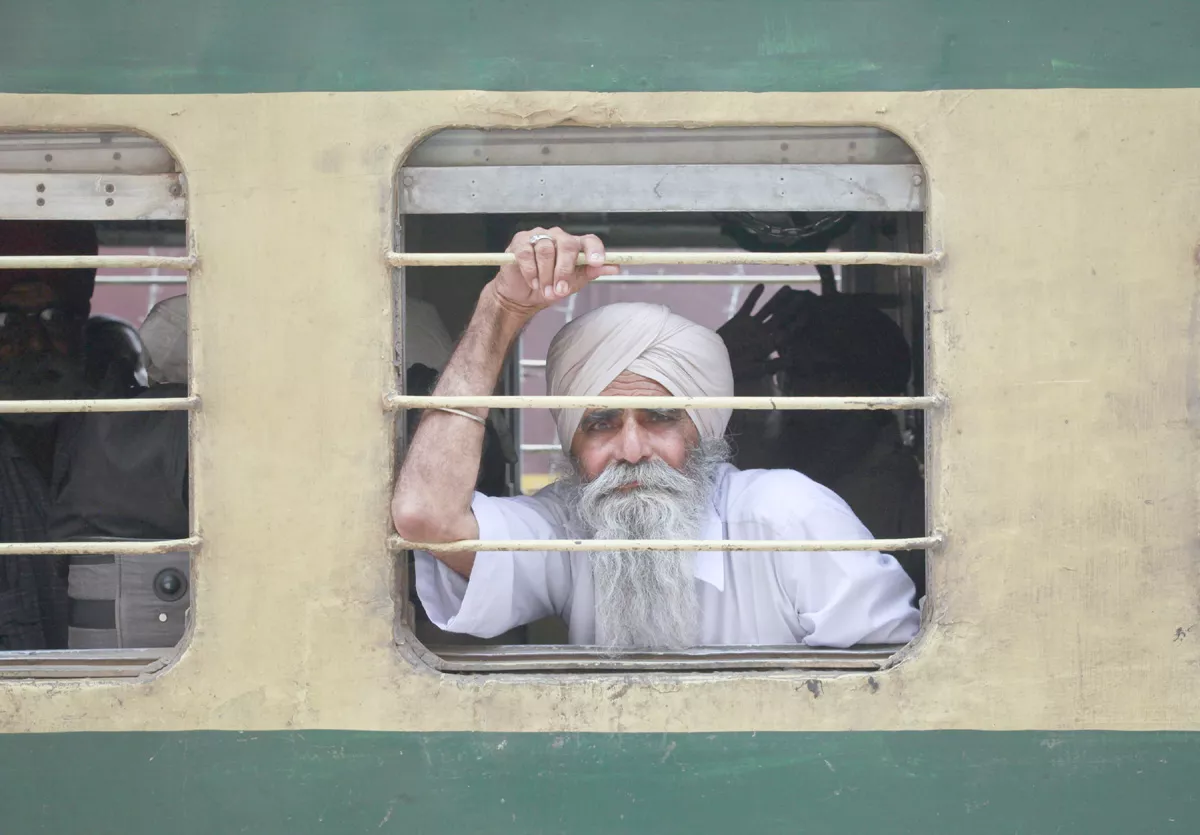Three-day competition: Rescuers set to put their skills to test
Punjab Emergency Services Academy will organise 5th National Rescue Challenge

The contest will be an open challenge, spanning over three days, with personnel from any government or private emergency service able to participate in the competition.
Formal invitations have been sent to all chapters of the Provincial Disaster Management Authority, rescue, ambulance and fire services of all provinces, the Islamabad Capital Development Authority and Pakistan Army’s medical and engineers’ corps as well, a Rescue 1122 officer told The Express Tribune.

Besides these formal invitations, the academy has also made announcements through pamphlets, banners and social media. The organisation has started receiving nominations and would complete the final work within a few days.
On the ground
Every team will consist of 11 members – a team leader and 10 members. The participating teams will have to prove their expertise by competing in six categories.
One of the challenges, set to test the skills during traumatic situations, will present a mock accident scene to the teams. The participants will have to respond with two ambulances, in which they will have to take the victims to hospitals.
There will be 15 steps during the challenges, each having marks. The steps would check the preparedness of the staff after the rescue call, their assessment of the incident, hazard management and first-aid knowledge.
Another category would test the participants’ skills of dealing with a fire incident. It will challenge the rescuer’s fitness after wearing his fire dress, carrying firefighting equipment and having to climb a four-storey building. In the swimming skills test, the team will have to swim a length of 100 metres. Whoever will cover the distance in the shortest time wins.
In the water rescue challenge, a mock flood scene would be presented. The stage will have a muddy surface with many bushes, the visibility level would also be minimised. The teams will have to search for a dummy victim that will be placed on the depth of the pond.
Another water-related challenge will have the teams to first rescue one or two conscious victims stranded inside a 40-foot-deep well. In the second scenario, the team will have to evacuate unconscious victim(s).
To win the height rescue challenge, the participants will have to save victims from a height of a four-storey building.
In all these scenarios and challenges, safety of the rescuers will be of utmost important. Any participant who breaches his or his teammates’ safety would be disqualified.
It will be mandatory for the teams to compete in all the categories in order to win the challenge. However, a team can also participate in the challenge to compete for a single category.
Rotating trophy
The trophy for the National Rescue Challenge champion is a rotating one. The winning team is handed it for a year and get a replica after the original one is handed over to the successive winners. The runner-up team is also awarded a trophy while all participants and individual winners get certificates.
ESA Director-General Amir Hamza said the competition was last organised in 2013.
The event provides a platform for healthy competition among the emergency services of the country.
Published in The Express Tribune, November 28th, 2016.



















COMMENTS
Comments are moderated and generally will be posted if they are on-topic and not abusive.
For more information, please see our Comments FAQ